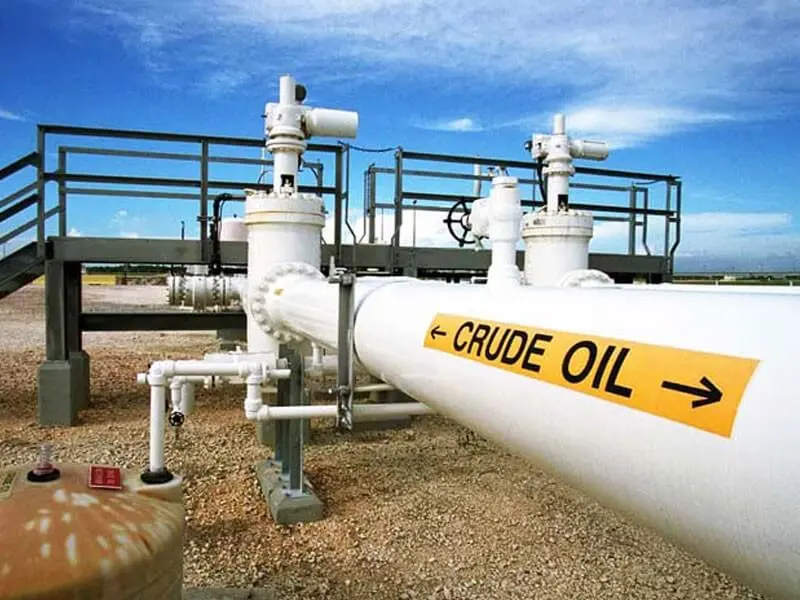
Lamseen – U.S. crude oil prices fell by 2% on Tuesday, as global demand slowed, overshadowing tensions between Iran and Israel. The market has refocused on fundamentals after the International Energy Agency (IEA) and OPEC highlighted weaker consumption in China this week.
The price of West Texas Intermediate (WTI) crude for September delivery was set at $78.35 per barrel, a decrease of $1.71 or 2.14%. So far this year, U.S. crude prices have risen by 9.3%. Meanwhile, Brent crude for October delivery was priced at $80.69 per barrel, down $1.61 or 1.96%. Year-to-date, global benchmark Brent crude prices have increased by 4.7%.
Global oil demand continues to slow down, as China’s post-pandemic recovery has come to an end. In the second quarter, global demand grew at its slowest pace, adding 710,000 barrels per day since late 2022.
On Monday, OPEC revised its demand growth forecast down by 135,000 barrels per day for this year. The IEA projects a crude oil surplus by 2025, even if OPEC continues production cuts, due to increased production from Brazil, Canada, Guyana, and the U.S.
U.S. crude oil prices surged by more than 4% in the previous session as Israel prepared for an anticipated attack from Iran, and the Pentagon accelerated the deployment of a carrier strike group to defend its allies.
“The concern in the oil market is that a broader conflict between Israel and Iran could disrupt oil supplies in and around the Strait of Hormuz. Which about 20% of the world’s crude oil supply passes by sea.” said Henning Gloystein, Head of Energy at Eurasia Group.
“These risks remain low-probability events, which helps explain the moderate price increase,” Gloystein added.
Helima Croft, Global Head of Commodity Strategy at RBC Capital Markets. Mentioned that the market is closely monitoring the diplomatic efforts of Joe Biden’s administration to prevent a wider war in the Middle East.
“Oil and, frankly, gas market participants should weigh some economic data against supply risk data,” Croft stated.
Rob Ginsberg, Managing Director at Wolfe Research, noted that U.S. crude oil prices have held at the low $70s and are now facing strong resistance at $84 per barrel.
“If prices break through, reaching the mid-to-high $90s isn’t out of the question,” Ginsberg concluded.
U.S. crude oil prices soared on Monday, reaching $80 per barrel. This rise was driven by the Pentagon’s decision to deploy more forces to the Middle East in anticipation of potential Iranian attacks on Israel.
U.S. Defense Secretary Lloyd Austin ordered the acceleration of deployment for U.S. aircraft carriers. Including F-35 fighter jets, to the Middle East. Austin also directed a guided-missile submarine to the region.
A source familiar with the situation in Israel revealed to The Wall Street Journal that Israel has placed its military on high alert.
According to CNBC, as of Monday’s close:
“The Complete Information From Wikipedia About Crude Oil”